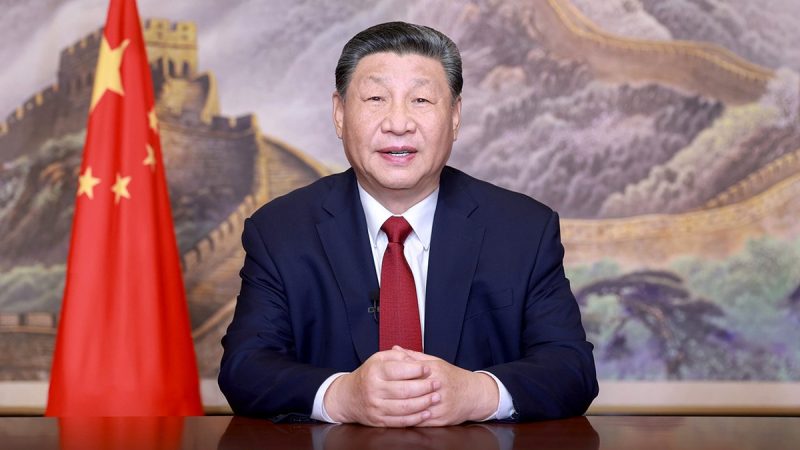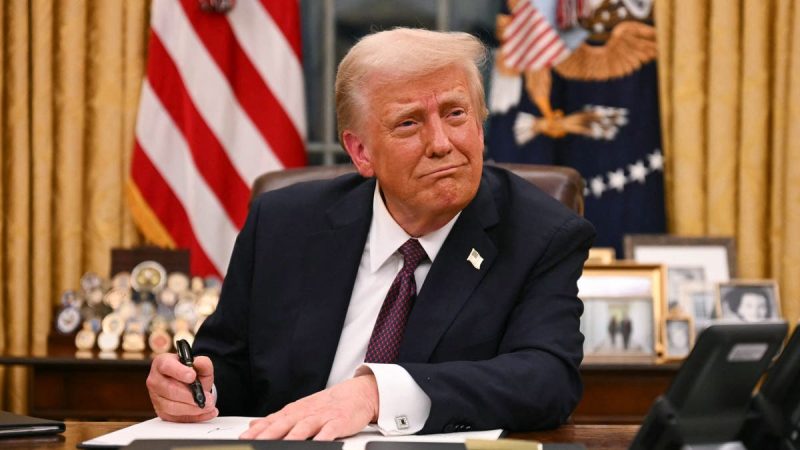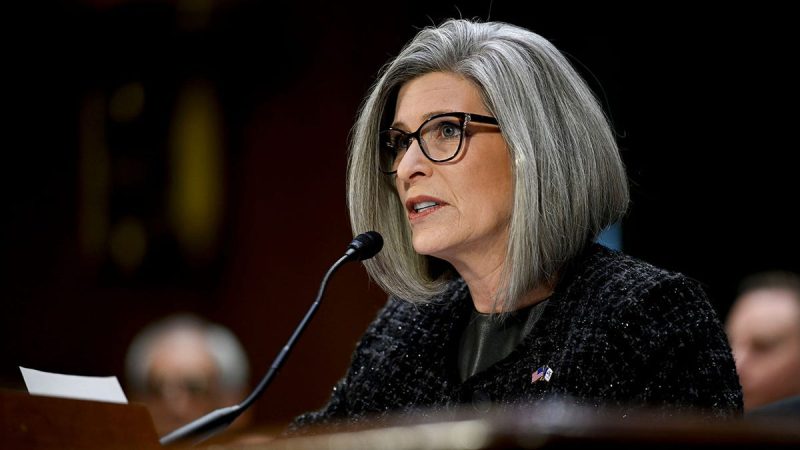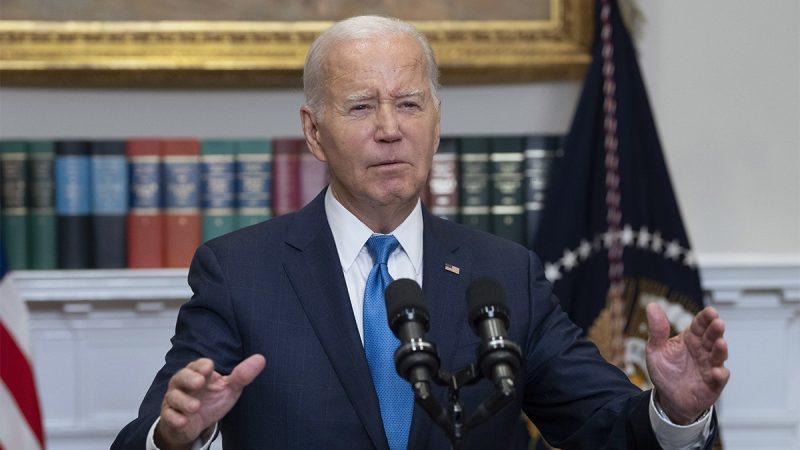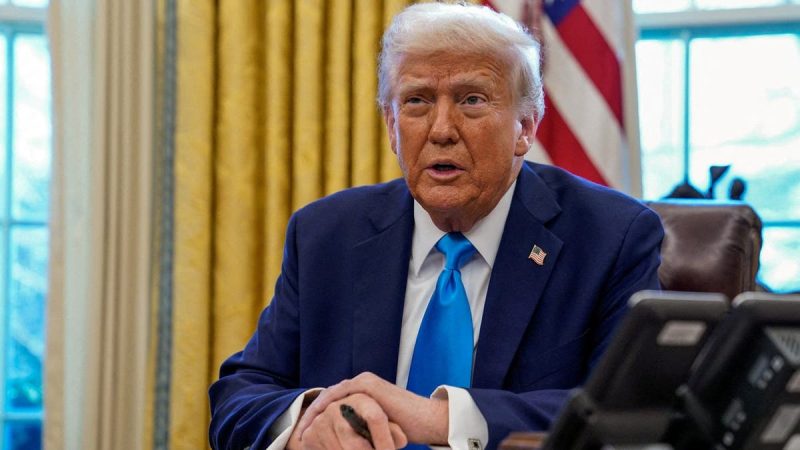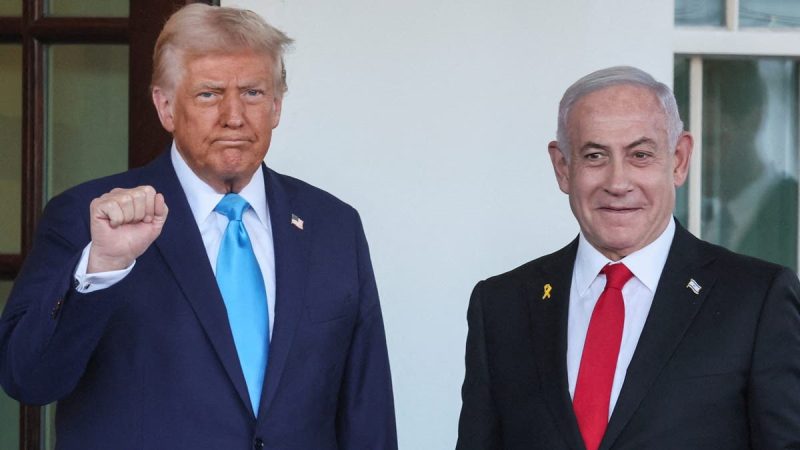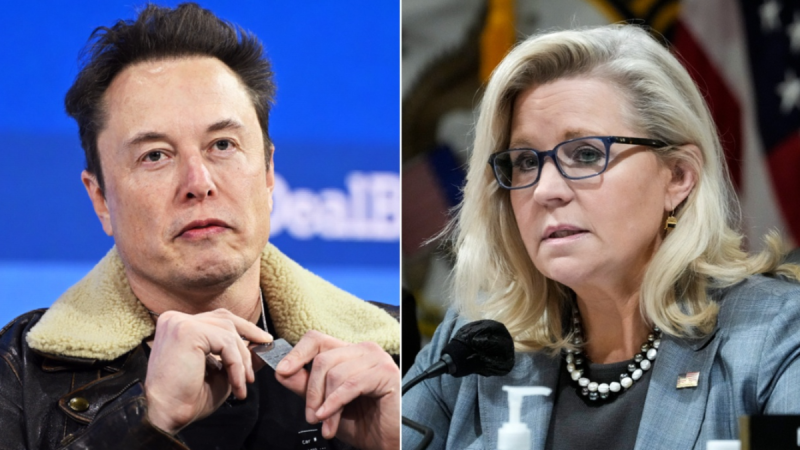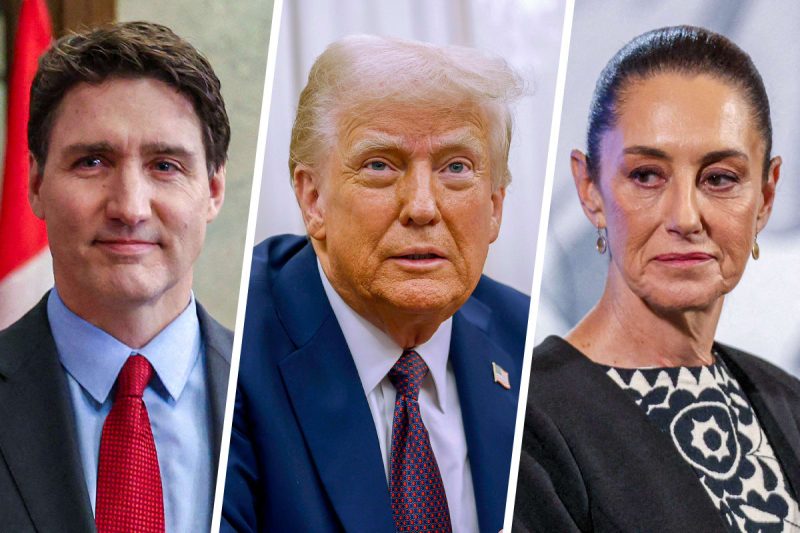
President Donald Trump and his supporters have heralded his use of tariff threats to extract concessions on drug trafficking and border security from Canada and Mexico.
Yet, experts say, some of the measures agreed to by America’s two largest trading partners and close allies are less substantial than what has been trumpeted.
Trump announced the 25% tariffs on the two countries Saturday, with the expectation they would take effect Tuesday. By Monday, he said that he had reached an agreement with Mexican President Claudia Sheinbaum to deploy 10,000 of her country’s national guard officers to the U.S. border to stem the flow of migrants and drugs into the U.S. Sheinbaum said she had agreed to establish a bilateral “working group” with the Trump administration that would tackle security, migration and trade.
The same day, Canadian Prime Minister Justin Trudeau said he had agreed to beef up border and drug enforcement, as well as appoint a new “fentanyl czar” and designate cartels as terrorist organizations.
In return, Trump promised to suspend the tariffs on both countries for 30 days.
“As President, it is my responsibility to ensure the safety of ALL Americans, and I am doing just that. I am very pleased with this initial outcome,” Trump said on social media. According to The Associated Press, the White House sent out an email that saw 68 Republican lawmakers praising the confrontation.
For Mexico, it was not clear whether the 10,000 troops represented a fresh call-up. The Associated Press reported it appeared the soldiers were merely being shifted from other parts of the country.
While Trump has praised Sheinbaum on social media, if he decides he is not seeing results from an additional troop deployment, “get ready for a trade war,” said John Feeley, a career diplomat and former U.S. deputy chief of mission in Mexico.
Crossings at the southern border had already begun to plummet in the final months of the Biden administration, reaching fewer than 100,000 per month for the first time since at least 2022. Interdictions of fentanyl have also fallen sharply in recent months.
Although deaths attributed to fentanyl overdoses declined for the first time in five years in 2023, they still totaled more than 100,000 that year, the most recent for which data from the Centers for Disease Control and Prevention is available.
But Trump is looking for headlines, Feeley said, and is unlikely to be persuaded by data showing reductions in migrant and drug flows that were already trending down before he took office.
“You’re mistaken if you think there’s a metric of success for Trump,” Feeley said, referring to quantitative sources of data. “He’s not reading spreadsheets or DEA reports. He’s looking at headlines and social media retweets.”
The Trump administration has faced a blitz of calls from U.S. manufacturers that rely on Mexican imports, especially automakers, The Wall Street Journal reported. Kevin Hassett, Trump’s National Economic Council director, appeared on CNBC on Monday to issue an assurance that the negotiations with Mexico and Canada were about a “drug war” and not a “trade war.”
A similar situation may be playing out with some of the concessions announced from America’s northern neighbor. While Trump said Canada had agreed to take a more aggressive posture on its U.S. border in exchange for a suspension of tariffs, Canada’s parliament had already passed a new border security and drug interdiction bill in December. Trudeau also agreed to appoint a border czar and designate drug cartels as terrorist groups.
“This whole thing is strange to me,” said Laurie Trautman, director of the Border Policy Research Institute at Western Washington University. While there is drug activity on the Canadian border, it is much more limited in scope compared with Mexico, she said — with fentanyl comprising a smaller percentage of drug flows (43 pounds was seized there last year, according to Drug Enforcement Administration data, compared with 21,100 pounds at the southern border).
According to the DEA, 1 kilogram (roughly 2.2 pounds) of fentanyl has the potential to kill 500,000 people.
“It’s not as if we don’t have issues — there are illicit flows,” she said, “but comparing between the two borders is an exercise in futility.”
On Monday, White House press secretary Karoline Leavitt said Trump had been “astoundingly clear” about his rationale for the tariffs.
“The illegal surge of deadly drugs and of human beings that we have seen trafficked over the southern border and northern border,” Leavitt said. “The president is making it very clear to both Canada and Mexico that the United States is no longer going to be a dumping ground for illegal deadly drugs and illegal human beings.”
Trump has also cited drug flows as a reason to impose additional 10% tariffs on China, despite that country posing a host of other security threats to the U.S. On Tuesday, China announced a set of retaliatory measures on U.S. goods and interests, including levies of up to 15% and an antitrust probe into Google — though, for now, analysts have noted many of these measures appear to be largely symbolic, citing the marginal levels of the specific U.S. goods so far singled out by the Chinese levies, as well as Google’s insubstantial presence there.
Trump has signaled that his approach to negotiations is to keep friends and foes alike off balance. While markets became used to dismissing his threats during his first administration, this time may be different, according to Goldman Sachs analysts.
“The outlook feels more uncertain and, even with the [tariffs] delay, we think the risks have tilted toward higher tariffs than we had previously assumed,” they wrote in a note to clients Tuesday. “The challenge is that creating uncertainty is likely part of President Trump’s strategy.
In an October interview with the Wall Street Journal’s editorial board, the then-candidate was asked whether he would use military force if China invaded Taiwan.
“I wouldn’t have to, because [Chinese President Xi Jinping] respects me and he knows I’m f—–g crazy,” Trump responded.
Yet, the paper’s right-leaning editorial board said this week that the president “blink[ed]” as he brokered truces with Canada and Mexico that were “much less … than meets the eye.”
Whatever concessions Trump may have won, the board said, have likely come at the cost of greater uncertainty — one of investors’ and economists’ least-favorite trends.
“Mr. Trump’s weekend tariff broadside against a pair of neighbors has opened a new era of economic policy uncertainty that won’t calm down until the President does,” the board said. “As we warned many times before Election Day, this is the biggest economic risk of Donald Trump’s second term.”
This post appeared first on NBC NEWS






